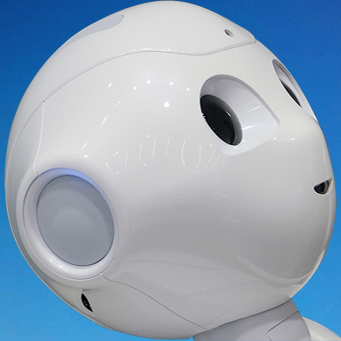
Students with learning disabilities struggle with particular skills like reading, writing, or mathematics and often require additional, individualized support to fill educational gaps.
A team of researchers and experts has found that a cute little robot may help children with learning disabilities stay focused.
Learning disabilities cause students to be prone to distraction, meaning that they can struggle to stay focused on a task, become fidgety, and refuse to complete work.
One-on-one interventions have been shown to benefit students with LD. While researchers have studied the introduction of social robots into the classroom to provide personalized support to children with and without LD, most of the previous research has focused on children with autism spectrum disorder.
Enter three engineering researchers from Waterloo University in Ontario, Canada, two experts from the Learning Disabilities Society, in Vancouver, Canada and QT, a humanoid robot.
The brainchild of scientists Dr Pouyan Ziafati and Dr Aida Nazarikhorram, QT was the first robot developed specifically as a tool to assist children with ASD. It can gesture with its head and arms, display facial expressions, and speak.
Building on earlier research, the team wanted to analyze how students with LD engaged with a social robot and how introducing a robot into the classroom impacted students and teachers.
The robot set goals and, if the student was getting off-track, used strategies like games, jokes, breathing exercises and physical movement to redirect the student’s focus.
Students were able to provide feedback about their experience with the robot.
The students perceived the robot as friendly, intelligent, and enjoyable and would be willing to engage with QT in future sessions.
“Overall, the findings imply that the robot has a positive effect on students.”
